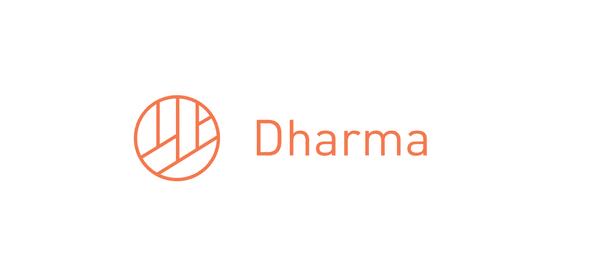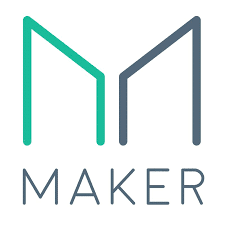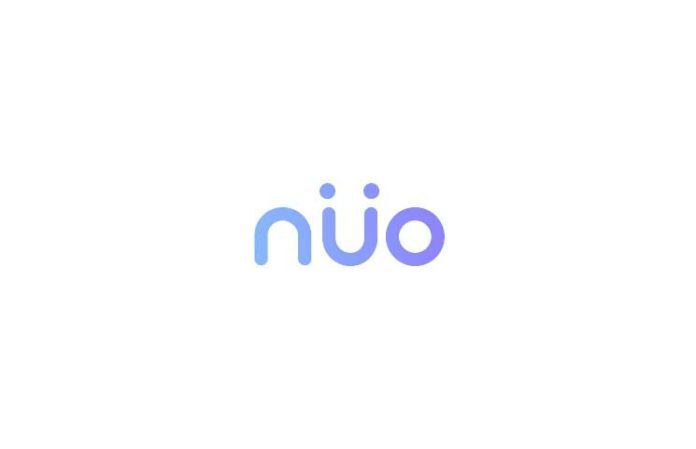Top 5 DeFi Lending Protocols
Decentralized Finance (DeFi) is the implementation of financial instruments in the form of smart contracts on top of a decentralized blockchain network. DeFi projects usually aim at “crowdsourcing” financial concepts, such as liquidity or collateral, in order to provide peer-to-peer financial services without relying on the traditional banking sector. Decentralized lending is one such financial service aiming to democratize the ability to obtain loans. In this article, we look at the top 5 DeFi lending protocols in existence.
1. Dharma Protocol
The Dharma protocol is one of the purest blockchain-based lending protocols. The protocol consists of a series of smart contracts that mimic traditional financial instruments and stakeholders that are typically present in the loan facilitation process. Debtors and creditors agree on terms and then enter into a loan agreement in the form of a smart contract. Loan agreements can either be collateralized or uncollateralized, depending on the level of risk that the lender is willing to take on. Underwriters attest to the risk associated with lending to a debtor for a fee. The reliability of an underwriter's predictions is captured in an on-chain reputation system. Dharma provides a flexible solution to decentralized lending, in that it provides a set of basic features that can be used for a variety of scenarios.
2. Compound Finance
Compound is a lending protocol aimed at creating money markets. In contrast to Dharma, no negotiation between lenders and borrowers is required. Instead, users can borrow directly from the protocol. Users can either supply an asset to the smart contracts that make up the protocol, earning interest in the process, or borrow from them, paying interest in the process. Interest rates are determined automatically by a supply and demand based algorithm. In order to cover the risk associated with borrowing, users must ensure that their account’s credit balance is at 150% of their debit balance. This collateral ratio is enforced by automatic liquidation if required.
In contrast to Dharma, Compound is less flexible but makes borrowing simpler and provides liquidity as a feature built into the protocol, eliminating the need to match borrowers to lenders.
3. Maker Dao's Collateral Debt Positions (CDP)
Maker DAO is a completely different lending protocol to the two previous systems. Its main purpose is to act as a stability mechanism for the DAI stablecoin. DAI is an ERC-20 token that is intended to be pegged to the value of the US dollar, meaning that the goal is to maintain the price of 1 DAI at 1 USD. This is achieved by so-called collateral debt position smart contracts (CDP), that create DAI in exchange for locking away collateral. At the time of writing, the only collateral supported is Ether. However, additional CDP types with other types of collateral are in development.
Essentially, CDPs allow users to borrow a stable asset from a smart contract in exchange for locking way a volatile asset. For the system to work, the value of the collateral must be maintained above DAI's value. In case the prescribed ratio is not maintained, the CDP gets liquidated. In addition, lending is subject to an interest rate termed stability fee. Recent increases in the stability fee (20.5 % at the time of writing) have made Maker DAOs's CDPs less interesting for borrowers.
4. dYdX
dYdX is another well-known DeFi lending protocol, taking the angle of an open crypto trading protocol and platform. dYdX supports lending and borrowing in the context of crypto exchanges that allow margin trading i.e. trading with “other people's money”, in order to gain leverage.
While the protocol allows lending and borrowing directly at the smart contract level and is completely open to being used for this purpose, the dYdX user interface is a margin trading product that automates borrowing for the purposes of margin trading.
As with Compound Finance, liquidity is built into the protocol. Thus, no lender to borrower matching has to be performed. In order to cover risk, borrowed assets need to be over-collateralized (125%). Interest rates are calculated algorithmically based on demand and supply.
5. Nuo
Nuo is similar to dYdX, in that it considers margin trading the major use case for the lending protocol. Although, borrowing can occur for other purposes as well. Nuo’s interest rate is calculated algorithmically and loans must be collateralized at 150%.
The distinguishing factor of Nuo is its approach to providing liquidity. Third-party liquidity providers such as Uniswap and Kyber Network are leveraged. This ensures that a large number of assets can be obtained on the platform.
Conclusion
There is an emerging ecosystem of DeFi lending protocols. Apart from interest rates and collateral requirements, DeFi lending protocols mainly differ in their approach to liquidity and primary use cases. Some protocols are designed for peer-to-peer lending, whilst others have been designed for stablecoin issuance or margain trading.







